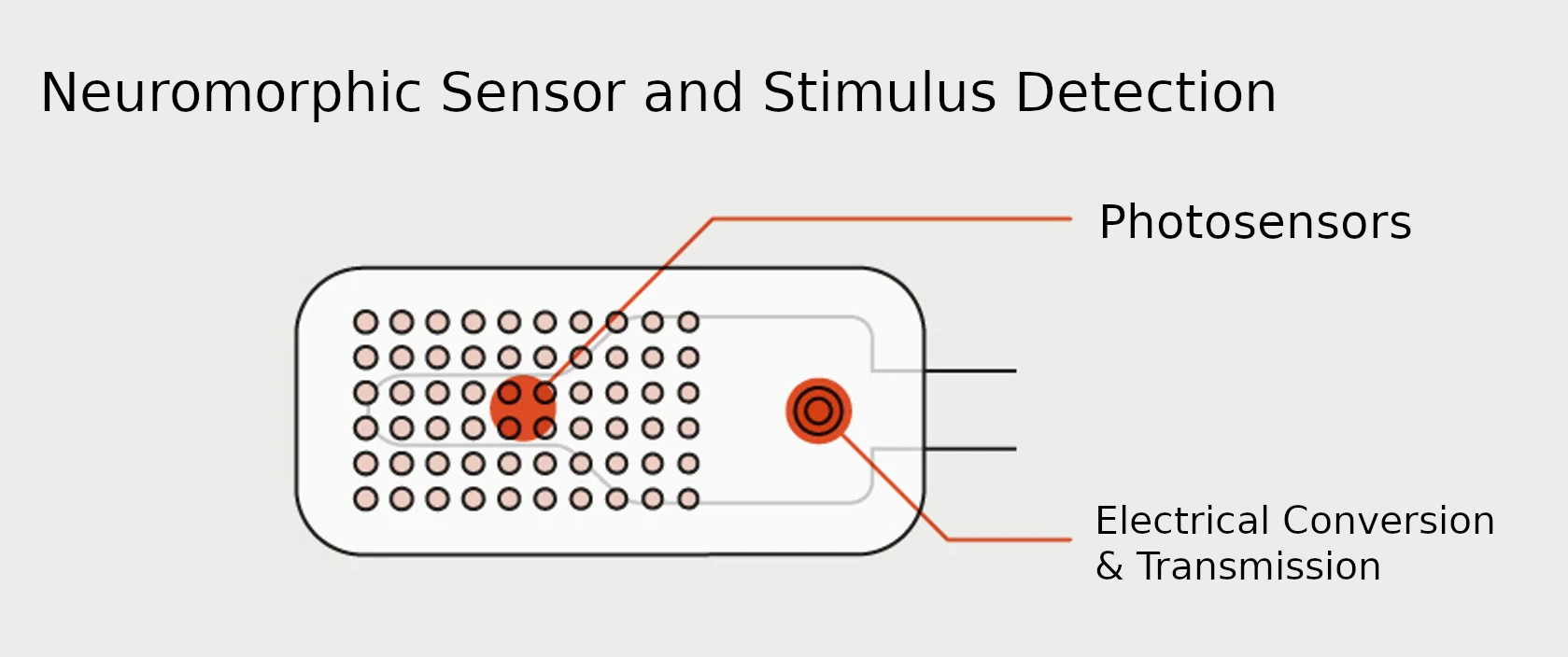O.I. Electrophysiology
This revision is from 2024/07/03 20:01. You can Restore it.
Three major issues with O.I. are...
- Lifespan: while they are potentially immortal, currently only about 100 days
- Size: too small, the bigger the organoid the more intelligence
- Communication: the input output system and effective training and communication.
Electrophysiology in O.I. is the study of neuron electrical system for the result that communication methods can be formed. The two known communication systems in the human body, chemical and electrical. While humans have five senses, the basic sense of a neuron is the electrical gradient (its associated field) and a handful of chemicals such as dopamine. The language changes the mode of the cell, initiates functions from its DNA manifold.
Each time we communicate with a neuron we are forming a sense for the neuron. The human bodies 5 senses are multi-modal, general. Contrast, humans challenged effort manufactures a specialized sense such as flying a plane, solving puzzles or playing a video game.
This work on electrophysiology is essential, some of the most basic animals sense their surroundings by electrical discharge on contact, maintaining a basic voltage and then any discharge means another object has touched and is near. Another is seeing in magnetism. Neurons maintain an electrical difference that when fluctuated cause the neuron to act.
Commmunication with a neuron is a change in the electrical gradient, polarization of the cell and the language of the neuron is deviation in its electrical gradients. Action potentials, resting membrane potential, depolarization, repolarization, refractory period...
The operator stimulating the neuron gradient, action potentials to cause the release of neurotransmitters relative to the aim.
- Acetylcholine (ACh): muscle contraction, memory formation, and regulation of the autonomic nervous system.
- Dopamine: Motivation, pleasure, reward, and movement. The "pleasure molecule" involved in the brain's reward system, motivating us to repeat behaviors that bring us pleasure.
- Serotonin (5-HT): mood, appetite, sleep, and pain. Reducing stress and anxiety, promoting feelings of well-being and relaxation. Regulating appetite, sleep patterns, and pain perception.
- Norepinephrine (NE): attention, arousal, and stress response. In response to stress, increasing alertness and attention. Regulation of blood pressure, heart rate, and glucose levels.
- GABA (Gamma-Aminobutyric Acid): inhibitory neurotransmitter, reducing neuronal activity and promoting relaxation. Calm down excited neurons, promoting a sense of relaxation and reducing anxiety. Regulating sleep patterns and muscle tone.
- Glutamate: Excitatory neurotransmitter, stimulating neuronal activity. Learning and memory formation. Regulation of emotional responses and motivation.
- Endorphins: natural painkillers, producing feelings of pleasure and well-being. In response to pain, stress, or excitement, producing feelings of pleasure and relaxation, "natural opioids".
- Histamine: regulating sleep-wake cycles, appetite, and immune response, released by the hypothalamus to promote wakefulness and attention, also regulating appetite and immune responses.
- Melatonin: sleep-wake cycles and antioxidant activity, released by the pineal gland in response to darkness, promoting sleep and relaxation, regulating antioxidant activity and protecting against oxidative stress.
- Adrenaline (Epinephrine): "fight or flight" response, increasing heart rate and blood pressure, released in response to stress or danger, preparing the body for action by increasing heart rate, blood pressure, and energy levels.
 IMMORTALITY
IMMORTALITY 